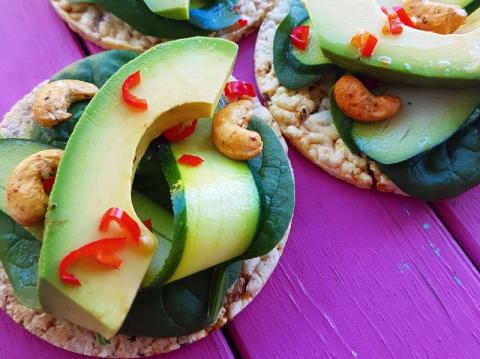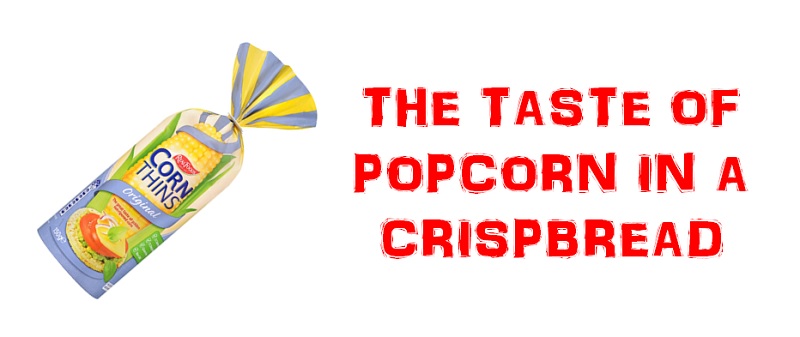What is Fibre?

What is fibre?
Fibre is the part of plants that cannot be digested by humans. This simply means, that when you eat foods that are high in fibre, they pass through your digestive system relatively unchanged. This unique characteristic means that fibre helps to move food waste throughout your bowels.
In a healthy diet, the main sources of fibre include fruit, vegetables, nuts, seeds, legumes and wholegrain products.
What are the benefits of adding fibre to the diet?
- Fibre makes you feel full faster, and therefore helps to prevent overeating. It also keeps you feeling full for longer, which helps to prevent excessive snacking in between main meals.
- Different types of fibre will either add bulk to stools or softness to stools. Either way, the addition of fibre in the diet helps keep your bowel movements regular, resulting in a healthy digestive system. This helps to reduce your risk of constipation and colon cancer.
- Fibre rich foods, such a fruit and vegetables, contain many vitamins and minerals, which are essential for the body to function normally. Fruit and vegetables are also believed to contain antioxidant properties that help protect you against cancer, diabetes and heart disease.
How much fibre do I need?
In order to achieve a healthy diet, adults should consume between 25-30g of fibre a day. To achieve this recommendation, you should aim to eat 2 serves of fruit and 5 serves of vegetables daily. You should also aim to implement at least 2 of the following suggestions into your diet:
- Leave the skin on all your fruit and vegetables, where possible.
- Swap white breads, rice, pasta and cereals for wholegrain and brown options.
- Add nuts and seeds to meals (for example; adding pine nuts to salads)
- At least once a week, try to add some legumes to your meals (chickpeas, lentils, kidney beans, cannellini beans etc.)
- When buying products, read the food labels and look for products that have at least 7.5g of fibre per 100g. These products are a great source of fibre. Products that are ‘fortified with fibre’ are also good options.
It is important to remember that as you increase your fibre intake, you must also increase your fluid intake. When consuming 25-30g of fibre each day, you should also be drinking at least 2L of water per day, which is approx. 8-10 cups.
Which CORN THINS products contain the most amount of fibre?
There are lots of different CORN THINS flavours available to choose from, and while they are all equally delicious, some have slightly more fibre in them than others. Therefore, when opting for CORN THINS, pick our ‘Sesame Organic’ or ‘Soy, Linseed & Chia’ varieties, as these flavours contain the most amount of fibre, at 1.5g per serve. To help boost your fibre intake, we recommend topping your CORN THINS slices with lots of high fibre foods.
What are some high fibre toppings for my CORN THINS slices?
As previously mentioned, the best way to boost your fibre intake, is to incorporate more fruit, vegetables, nuts, seeds, legumes and wholegrain products into the diet. Therefore, here are some CORN THINS recipes that incorporate lots of healthy and nutritious high fibre foods.
- Bruschetta CORN THINS
- Ingredients: 3 Soy, Linseed & Chia CORN THINS slices, 1 tomato, ½ a red onion, ½ cup basil leaves and ½ an avocado.
- Directions: Dice the tomato, red onion basil and avocado into small pieces. Next mix all diced ingredients together and evenly spread over the CORN THINS slices. Optional: Drizzle with some balsamic vinegar.
- Fibre: The addition of tomato, basil, red onion and avocado increases the total fibre intake of this meal to 7.9g. This meal is also high in Vitamin C and Vitamin A.
- Moroccan Chickpea CORN THINS
- Ingredients: 3 Sesame Organic CORN THINS slices, 3 tbsp. of hummus, ½ cup canned chickpeas, 1tsp Moroccan seasoning, 1 tsp of rosemary, ¼ cup of chives (diced), 1tsp of sunflower oil.
- Directions: Preheat the oven to 180 degrees. Drain the chickpeas and rinse with water. Next add the chickpeas, sunflower oil, Moroccan seasoning and rosemary into a bowl and mix. Spread the chickpeas across a baking tray, and place in the oven under the grill. Keep a close eye on the chickpeas and turn regularly to make sure they don’t burn. After about 5 minutes the chickpeas should be nice and crunchy. To assemble your CORN THINS slices, spread 1 Tbsp. of hummus on each CORN THINS slice. Add the chickpeas to the slices and finish by sprinkling some chives over the top.
- Fibre: The addition of hummus, chickpeas, chives and rosemary increases the total fibre intake of this meal to 8.0g.
- Spicy Zucchini & Avocado CORN THINS
- Ingredients: 3 Soy, Linseed & Chia CORN THINS slices, ½ an avocado, 1 red chilli, ½ cup spinach, 3 slices of zucchini and ¼ cup cashews.
- Directions: Finely dice the red chilli into small pieces. Cut the avocado into thick segments. Next, use a peeler to cut 3 long slices of zucchini. To assemble your CORN THINS, put a bed of spinach on each CORN THINS slice. Next add a slice of zucchini, followed by 1-2 avocado segments. Finally sprinkle each slice with red chilli and cashews.
- Fibre: The addition of zucchini, avocado, cashews, chilli and spinach increases the total fibre intake of this meal to 7.0g.
Article by: Rachel Parfitt @TheNutritionPlayground

For more information or recipe ideas go to www.cornthins.com